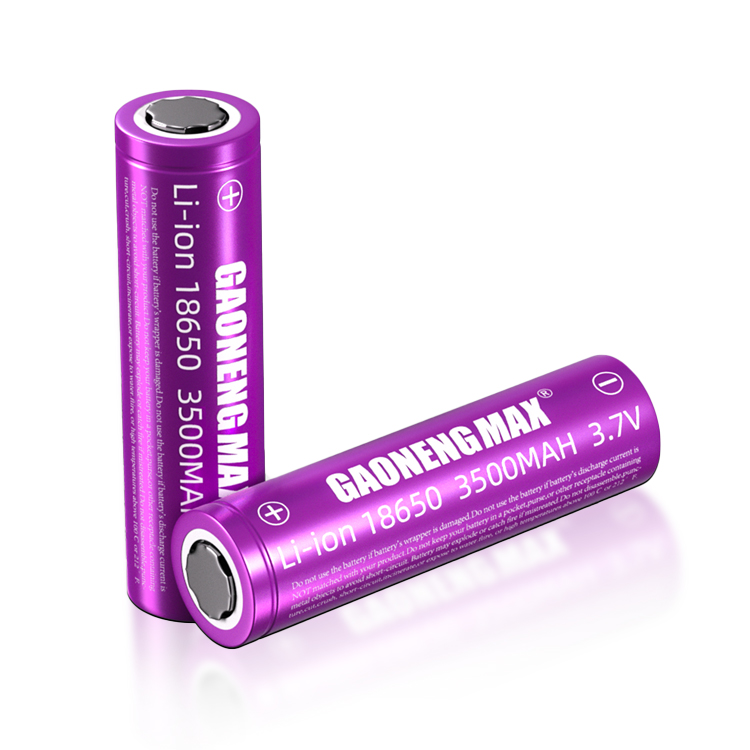

Previously, the world's first copper-plated silicon heterojunction solar cell top gate electrode was formed. Copper electroplating is an economical and industrially proven process. This solution not only overcomes the shortcomings of silver paste screen printing, but also has the advantages of improving conversion efficiency and reducing processing costs.
The 21st International Conference on Photovoltaic Science and Engineering was held in Fukuoka, Japan from November 28th to December 2nd, 2011. Japan's Jonuichi and the Belgian Microelectronics Research Center demonstrated non-silver paste silicon-based heterojunction solar cells at the meeting. The former, based on the latter's existing copper electroplating technology, successfully developed high-efficiency copper electroplated silicon-based heterojunction solar cells by applying this technology. Electroplated copper contacts the power grid on a transparent conductive oxide layer, and the photoelectric conversion efficiency of the 6-inch silicon substrate exceeds 21%.
Currently, silver paste screen printing technology is the first choice to realize the top grid electrode of silicon heterojunction solar cells. There are still difficulties in reducing the resistance of silver paste screen printing and thinning metal lines, making it difficult to achieve the goals of high efficiency and low cost of solar cells. In the non-silver paste solar cell technology demonstrated by Japan's Jonakichi, electroplated copper replaced silver paste. As a result, the world's first copper electroplated silicon heterojunction solar cell top gate electrode was formed. Copper electroplating is an economical and industrially proven process. This method not only overcomes the shortcomings of silver paste screen printing, but also has the advantages of improving conversion efficiency and reducing processing costs.
This result shows that in bilateral cooperation, the conversion rate of silicon-based heterojunction solar cells developed based on Belgian microelectronics copper electroplating technology has exceeded 21%. Located on the campus of the Microelectronics Research Center in Leuven, Belgium, the European Photovoltaics Laboratory in Nagabuchi, Japan, provides state-of-the-art photovoltaic infrastructure and promotes close interaction between researchers. Bilateral cooperation includes improving Japan's Jongyun thin-film solar cells and developing next-generation heterojunction solar cells.

Popular recommendation
LR43 battery.Laying out flow battery technology, BASF actively explores the energy storage market
2023-10-14dry cell battery!Short circuit protection solution for power lithium battery pack
2023-10-083v Button battery.Switzerland develops all-solid-state sodium battery with new materials to prevent
2023-10-08lithium battery for solar energy storage system.The latest research progress in polymer solar cell p
2023-10-081.5v Carbon battery.An alkaline battery charger circuit diagram
2023-10-0918650 battery pack.Introduction to the recycling and processing process of dry batteries
2023-10-09AG3 battery.What is the production process of 18650 lithium battery?
2023-10-09Nickel Hydride No. 5 batteries.The impact of fast charging strategy selection on 18650 battery life
2023-10-08AAA Ni-MH batteries.Ni-MH battery technology training: Ni-MH battery performance and technology
2023-10-09AG13 battery.Should standards let the market be the judge?
2023-10-14AAA Dry Battery!Researchers develop tiny biobattery to power disposable items online
2023-10-08802540 polymer battery.Let’s take a look at several technical points related to cylindrical batterie
2023-10-08